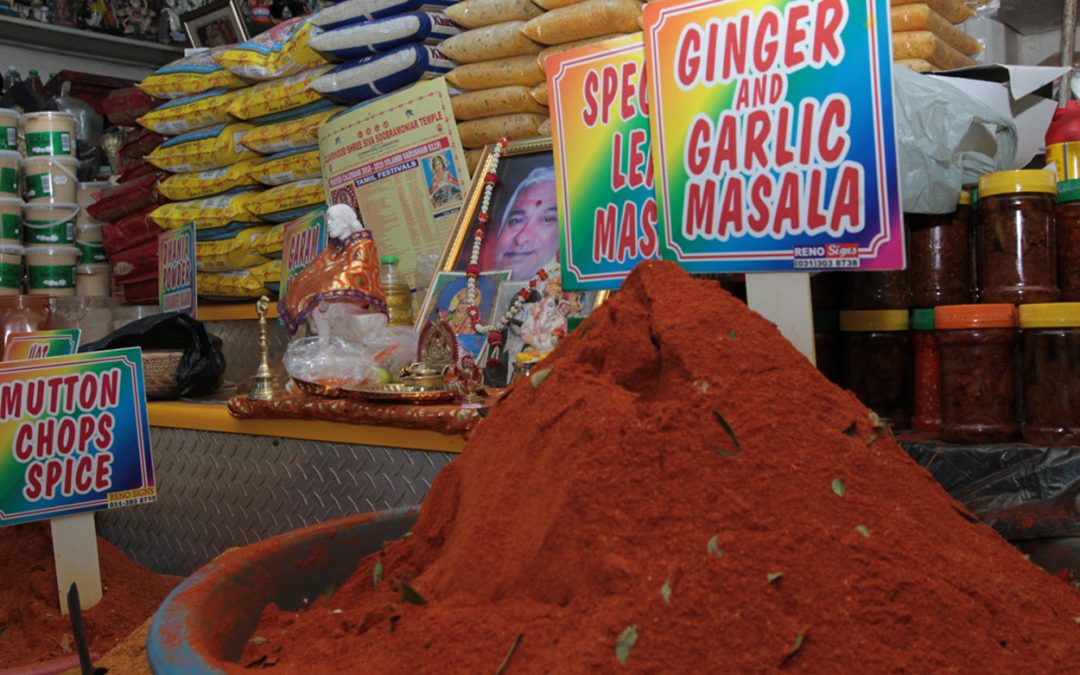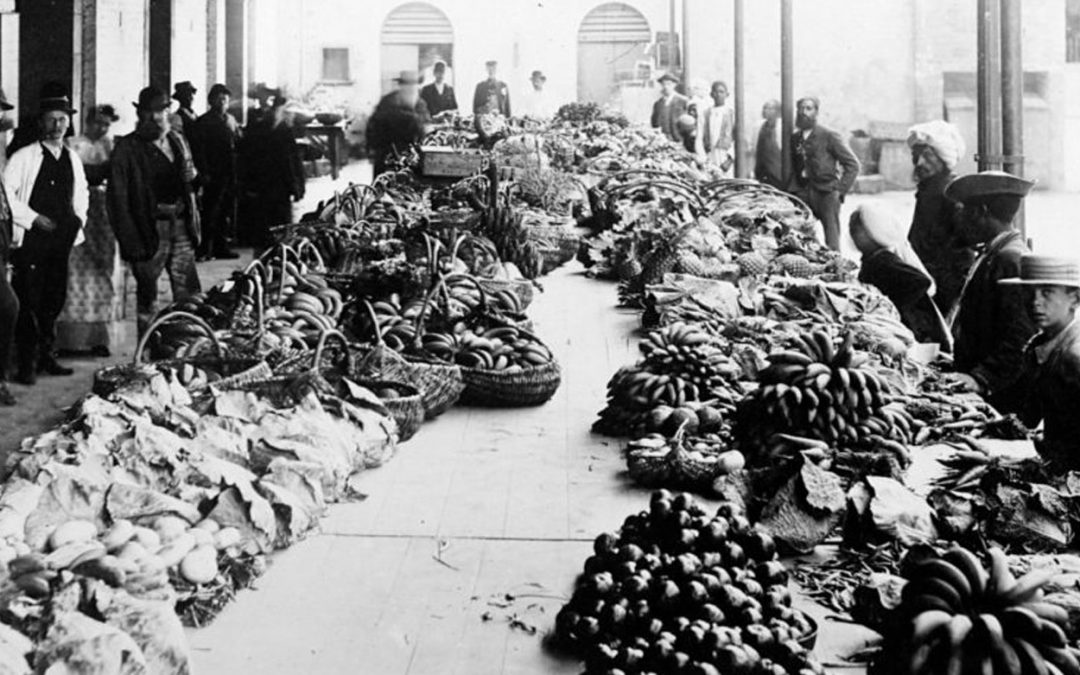
The Bustling Market
Source: Google Reviews

Source: Google Reviews


“It was a real eye-opening experience; and as a Durbanite I would never have considered going to Victoria Street market, however I’m very glad that I did. I’m now looking forward to my next visit.”
Source: https://showme.co.za/durban/events-entertainment/victoria-street-market-durban

However Indians turned to the Nationalist Government for help. On 5th April 1973 the Chairman of the (S.A.I.C) Mr I.N. Reddy met with the Minister of Indian Affairs Senator Owen Horwood in Cape Town to discuss the plight of the many people who suffered financially, describing their struggles after the market was destroyed and how the market had become an essential amenity which served the city. On the same day in Durban the Mayor met with five members of the Action Committee representing the Indian Market Stallholders. The meeting was also attended by Councillor Mr Rauol Goldman (former Mayor), Mr Dixy Adams (Deputy Mayor) as well as heads of the Corporation Departments which included C.G Hands the city Engineer and OD Gorven the city Treasurer. The meeting was held at the Mayor’s parlour, while on the steps of City Hall 200 Indians people including the stallholders and the employees staged a silent protest, some holding up signs that read ’GIVE US OUR DAILY BREAD’ and ’WHERE DO WE GET OUR MONEY TO BUY OUR DAILY FOOD’.
The outcome of the two meetings taking place in Cape Town and Durban brought upon another meeting however this time was different as it was arranged by the Minister of Indian Affairs, the Mayor of Durban and the Minister of Development A.H Du Plessis held in Cape Town the next day. The outcome led to finding solutions and building a temporary facility. The Minister of Indian Affairs went on to form a joint committee comprising of one representative from each of the department of Indian Affairs and Community Development, the Durban City council and the South African Indian Committee. The joint committee was under the chairmanship ofJ.H.Van Eyssen regional representation of the Department of Indian Affairs for Natal. The primary objective was to find a solution.
The Natal Indian Congress( N.I.C) supported the rebuilding of the Indian market, their ran campaigns and hosted a meeting in the Kajee Memorial on Sunday 15‘’1 April 1973 with a great turn out. There were many speakers from different racial background which includes: Ms Harriet Bolton who stated that the Market was a shopping centre for all races where there was no Apartheid however when the Market was burnt down it became an Indian problem. The Mayor of Umlazi Mr Soloman Ngobese said that the burning of the Market had caused hardship to all races from surrounding areas in Durban that depended on the Market. The Women’s Cultural Group boosted the N.I.C Campaign on the 25′” April as they received 10,000 signatures on a petition (highlighting the historical importance, as well as a popular tourist destination and the livelihood of the stallholders) organised by them, these petition were signed by different groups and was presented by its president Mrs Z.G.H. Mayet to .i.H.de.W.Van.Eyssen Chairman of the Joint State Civic Committee.
A month later the Durban City Council were given consent by the administrator of Natal, Ben Havermann to start with building. After much struggles a new temporary market was built on the site of the old Indian Market. The new Victoria Street Indian Market was officially opened on Saturday 30 November 1973. It was built at a cost of R 109 527 and accommodated 66 stallholders. The Victoria Street Market became a permanent institution in 1988.
Recent Comments